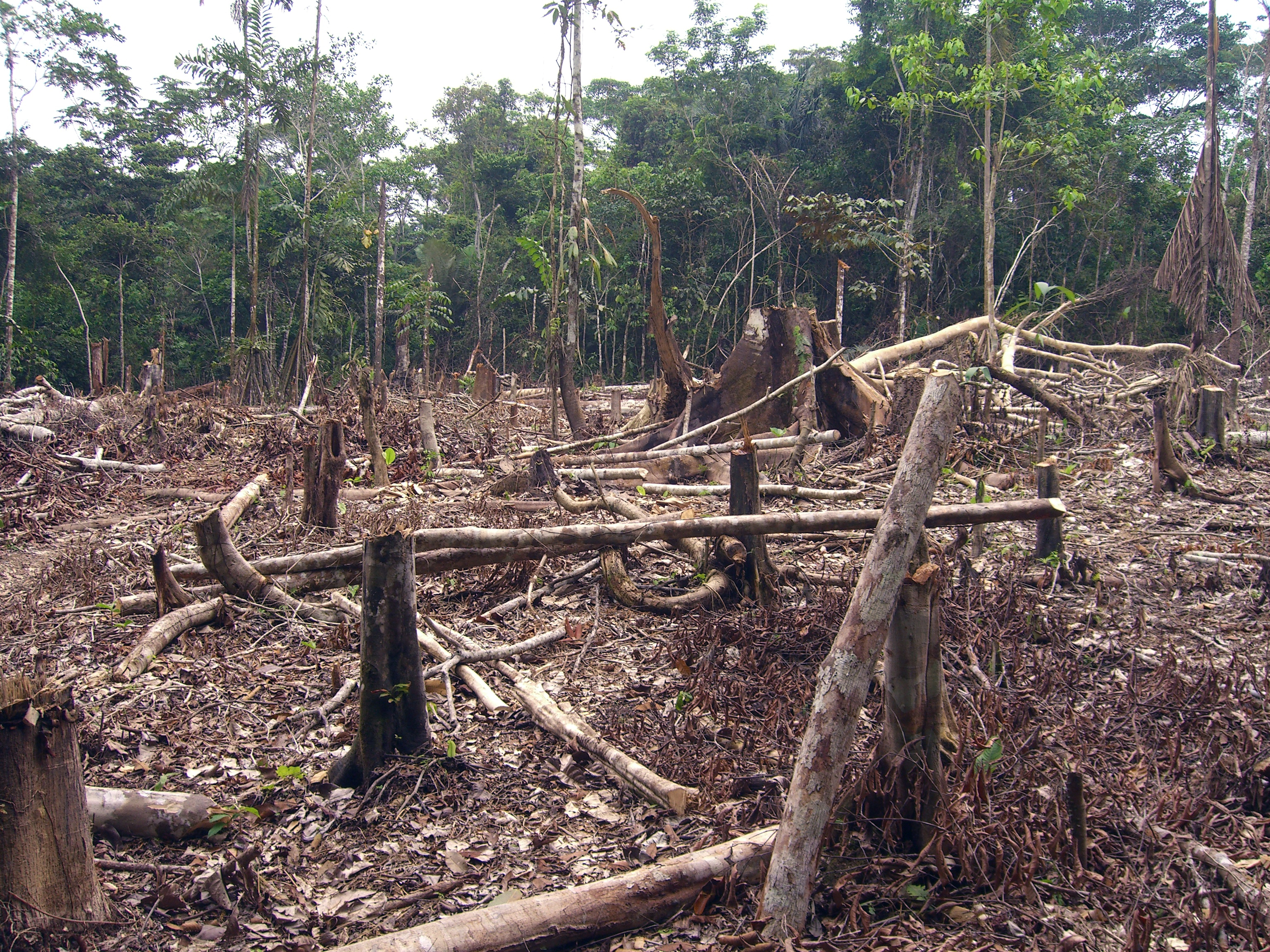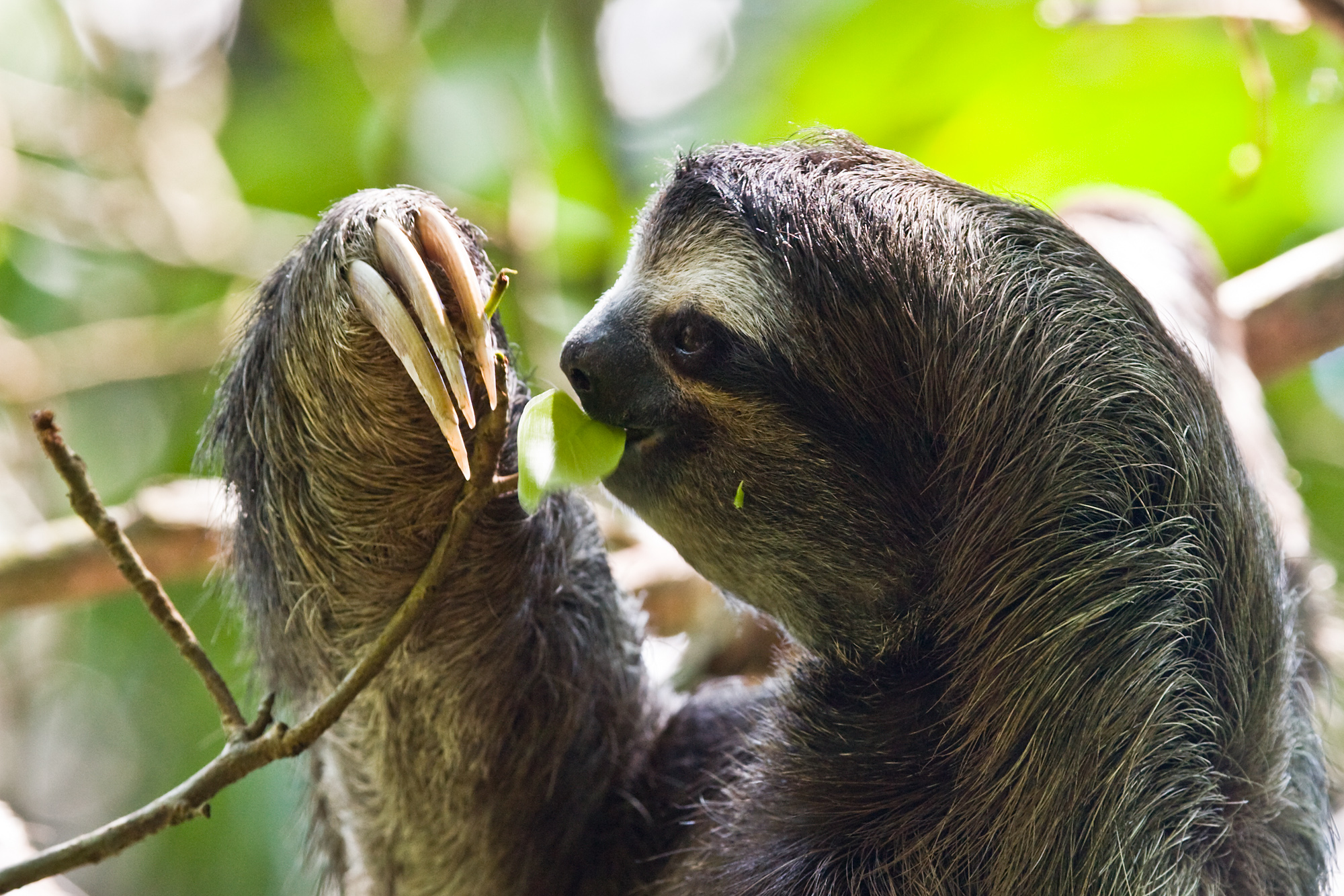|
Environmental Issues In Colombia
Environmentally, Colombia is a mega-diverse country from its natural land terrain to its biological wildlife. Its biodiversity is a result of its geographical location and elevation. It is the fourth largest South American country and only country in South America to have coasts on the Pacific and Caribbean Sea. Colombia's terrain can be divided into six main natural zones: The Caribbean, the Pacific (including Choco's Biogeographic rainforest), The Orinoco region, The Amazonia region, the Andean region, and the Insular region. 52.2% of the environment is predominately the Andes, Amazon, and Pacific Basins, followed by the Orinoco basin 13.9%, the Andes and the Caribbean. The Tropical Andes, Choco, and the Caribbean are considered biodiversity hotspots which puts these areas at high risk of concentration of colonizing activities. Colombia host over 1800 bird species and at least one new species are detected every year. Decades of civil war and political unrest have impeded biologi ... [...More Info...] [...Related Items...] OR: [Wikipedia] [Google] [Baidu] |
Droughts
A drought is a period of drier-than-normal conditions.Douville, H., K. Raghavan, J. Renwick, R.P. Allan, P.A. Arias, M. Barlow, R. Cerezo-Mota, A. Cherchi, T.Y. Gan, J. Gergis, D. Jiang, A. Khan, W. Pokam Mba, D. Rosenfeld, J. Tierney, and O. Zolina, 2021Water Cycle Changes. In Climate Change 2021: The Physical Science Basis. Contribution of Working Group I to the Sixth Assessment Report of the Intergovernmental Panel on Climate Change [Masson-Delmotte, V., P. Zhai, A. Pirani, S.L. Connors, C. Péan, S. Berger, N. Caud, Y. Chen, L. Goldfarb, M.I. Gomis, M. Huang, K. Leitzell, E. Lonnoy, J.B.R. Matthews, T.K. Maycock, T. Waterfield, O. Yelekçi, R. Yu, and B. Zhou (eds.)]. Cambridge University Press, Cambridge, United Kingdom and New York, NY, USA, pp. 1055–1210, doi:10.1017/9781009157896.010. A drought can last for days, months or years. Drought often has large impacts on the ecosystems and agriculture of affected regions, and causes harm to the local economy. Annua ... [...More Info...] [...Related Items...] OR: [Wikipedia] [Google] [Baidu] |
Hoffmann's Two-toed Sloth
The Hoffmann's two-toed sloth (''Choloepus hoffmanni''), also known as the northern two-toed sloth, is a species of sloth from Central and South America. It is a solitary, largely nocturnal and arboreal animal, found in mature and secondary rainforests and deciduous forests. The common name commemorates the German naturalist Karl Hoffmann, who discovered the Hoffmann sloth. Description Hoffmann's two-toed sloth is a heavily built animal with shaggy fur and slow, deliberate movements. The fore feet have only two toes, each ending with long, curved claws, although three clawed toes are on each of the hind feet. Other features that distinguish it from three-toed sloths, which may be found in the same geographic areas, include the longer snout, separate rather than partially fused toes of the forefeet, the absence of hair on the soles of the feet, fewer dark markings around the eyes, and larger overall size. The wrist of the sloth has developed some specific traits due to their ... [...More Info...] [...Related Items...] OR: [Wikipedia] [Google] [Baidu] |
Brown-throated Sloth
The brown-throated sloth (''Bradypus variegatus'') is a species of three-toed sloth found in the Neotropical realm of Central and South America. It is the most common of the four species of three-toed sloth, and is found in the forests of South and Central America. Description The brown-throated sloth is of similar size and build to most other species of three-toed sloths, with both males and females being in total body length. The tail is relatively short, only long. Adults weigh from , with no significant size difference between males and females. Each foot has three fingers, ending in long, curved claws, which are long on the fore feet, and on the hind feet. The head is rounded, with a blunt nose and inconspicuous ears. As with other sloths, the brown-throated sloth has no incisor or canine teeth, and the cheek teeth are simple and peg-like. They have no gall bladder, cecum, or appendix. The brown-throated sloth has grayish-brown to beige-color fur over the body, ... [...More Info...] [...Related Items...] OR: [Wikipedia] [Google] [Baidu] |
Biodiversity Loss
Biodiversity loss happens when plant or animal species disappear completely from Earth (extinction) or when there is a decrease or disappearance of species in a specific area. Biodiversity loss means that there is a reduction in Biodiversity, biological diversity in a given area. The decrease can be temporary or permanent. It is temporary if the damage that led to the loss is reversible in time, for example through ecological restoration. If this is not possible, then the decrease is permanent. The cause of most of the biodiversity loss is, generally speaking, human activities that push the planetary boundaries too far. These activities include habitat destruction (for example deforestation) and land use intensification (for example monoculture farming). Further problem areas are Air pollution, air and water pollution (including nutrient pollution), over-exploitation, Invasive alien species, invasive species and climate change. Many scientists, along with the ''Global Assessment ... [...More Info...] [...Related Items...] OR: [Wikipedia] [Google] [Baidu] |
Forest Landscape Integrity Index
The Forest Landscape Integrity Index (FLII) is an annual global index of forest condition measured by degree of anthropogenic modification. Created by a team of 47 scientists, the FLII, in its measurement of 300m pixels of forest across the globe, finds that ~17.4 million km2 of forest has high landscape-level integrity (with a score from 9.6–10), compared to ~14.6 million with medium integrity (6–9.6) and ~12.2 million km2 with low integrity (0–6). The FLII finds that most remaining high-integrity forest landscapes are found in Canada, Russia, the Rocky Mountains, Alaska, the Amazon, the Guianas, southern Chile, Central Africa, and New Guinea. Low integrity forests, on the other hand, are found in Western and Central Europe, the American Southeast, South-East Asia, west of New Guinea, the Andes, much of China and India, the Albertine Rift, West Africa, Mesoamerica, and the Atlantic Forests of Brazil. The results are meant to help decision-makers at all levels achiev ... [...More Info...] [...Related Items...] OR: [Wikipedia] [Google] [Baidu] |
Climate Change Vulnerability
Climate change vulnerability is a concept that describes how strongly people or ecosystems are likely to be affected by climate change. Its formal definition is the " propensity or predisposition to be adversely affected" by climate change. It can apply to humans and also to natural systems (or ecosystems). . InClimate Change 2022: Impacts, Adaptation and Vulnerability. Contribution of Working Group II to the Sixth Assessment Report of the Intergovernmental Panel on Climate Change .-O. Pörtner, D.C. Roberts, M. Tignor, E.S. Poloczanska, K. Mintenbeck, A. Alegría, M. Craig, S. Langsdorf, S. Löschke, V. Möller, A. Okem, B. Rama (eds.) Cambridge University Press, Cambridge, UK and New York, NY, USA, pp. 3–33, Issues around the capacity to cope and adapt are also part of this concept. Vulnerability is a component of climate risk. It differs within communities and also across societies, regions, and countries. It can increase or decrease over time. Vulnerability is generally a ... [...More Info...] [...Related Items...] OR: [Wikipedia] [Google] [Baidu] |
Exploitation Of Natural Resources
The exploitation of natural resources describes using natural resources, often non-renewable or limited, for economic growth or development. Environmental degradation, human insecurity, and social conflict frequently accompany natural resource exploitation. The impacts of the depletion of natural resources include the decline of economic growth in local areas; however, the abundance of natural resources does not always correlate with a country's material prosperity. Many resource-rich countries, especially in the Global South, face distributional conflicts, where local bureaucracies mismanage or disagree on how resources should be used. Foreign industries also contribute to resource exploitation, where raw materials are outsourced from developing countries, with the local communities receiving little profit from the exchange. This is often accompanied by negative effects of economic growth around the affected areas such as inequality and pollution The exploitation of natural res ... [...More Info...] [...Related Items...] OR: [Wikipedia] [Google] [Baidu] |
Smallholding
A smallholding or smallholder is a small farm operating under a small-scale agriculture model. Definitions vary widely for what constitutes a smallholder or small-scale farm, including factors such as size, food production technique or technology, Family farm, involvement of family in labor and economic impact. There are an estimated 500 million smallholder farms in developing countries of the world alone, supporting almost two billion people. Smallholdings are usually farms supporting a single family with a mixture of cash crops and subsistence farming. As a country becomes more affluent, smallholdings may not be self-sufficient. Still, they may be valued for providing supplemental sustenance, recreation, and general rural lifestyle appreciation (often as hobby farms). As the Sustainable food system, sustainable food and local food movements grow in affluent countries, some of these smallholdings are gaining increased economic viability in the developed world as well. Small-sca ... [...More Info...] [...Related Items...] OR: [Wikipedia] [Google] [Baidu] |
Forest Loss
Deforestation or forest clearance is the removal and destruction of a forest or stand of trees from land that is then land conversion, converted to non-forest use. Deforestation can involve conversion of forest land to farms, ranches, or urban area, urban use. About 31% of Earth's land surface is covered by forests at present. This is one-third less than the forest cover before the expansion of agriculture, with half of that loss occurring in the last century. Between 15 million to 18 million hectares of forest, an area the size of Bangladesh, are destroyed every year. On average 2,400 trees are cut down each minute. Estimates vary widely as to the extent of deforestation in the tropics. In 2019, nearly a third of the overall tree cover loss, or 3.8 million hectares, occurred within humid tropical primary forests. These are areas of mature rainforest that are especially important for biodiversity and Carbon sequestration, carbon storage. The direct cause of most deforestat ... [...More Info...] [...Related Items...] OR: [Wikipedia] [Google] [Baidu] |
Biodiversity
Biodiversity is the variability of life, life on Earth. It can be measured on various levels. There is for example genetic variability, species diversity, ecosystem diversity and Phylogenetics, phylogenetic diversity. Diversity is not distributed evenly on Earth. It is greater in the tropics as a result of the warm climate and high primary productivity in the region near the equator. Tropical forest ecosystems cover less than one-fifth of Earth's terrestrial area and contain about 50% of the world's species. There are latitudinal gradients in species diversity for both marine and terrestrial taxa. Since Abiogenesis, life began on Earth, six major mass extinctions and several minor events have led to large and sudden drops in biodiversity. The Phanerozoic aeon (the last 540 million years) marked a rapid growth in biodiversity via the Cambrian explosion. In this period, the majority of Multicellular organism, multicellular Phylum, phyla first appeared. The next 400 mil ... [...More Info...] [...Related Items...] OR: [Wikipedia] [Google] [Baidu] |
Cocaine
Cocaine is a tropane alkaloid and central nervous system stimulant, derived primarily from the leaves of two South American coca plants, ''Erythroxylum coca'' and ''Erythroxylum novogranatense, E. novogranatense'', which are cultivated almost exclusively in the Andes. Indigenous peoples of South America, Indigenous South Americans have traditionally used coca leaves for over a thousand years. Notably, there is no evidence that habitual coca leaf use causes addiction or withdrawal, unlike cocaine. Medically, cocaine is rarely employed, mainly as a topical medication under controlled settings, due to its high abuse potential, adverse effects, and expensive cost. Despite this, recreational drug use, recreational use is widespread, driven by its euphoric and aphrodisiac properties. Levamisole induced necrosis syndrome (LINES)-a complication of the common cocaine Lacing (drugs), cutting agent levamisole-and prenatal cocaine exposure is particularly harmful. Street cocaine is ... [...More Info...] [...Related Items...] OR: [Wikipedia] [Google] [Baidu] |







